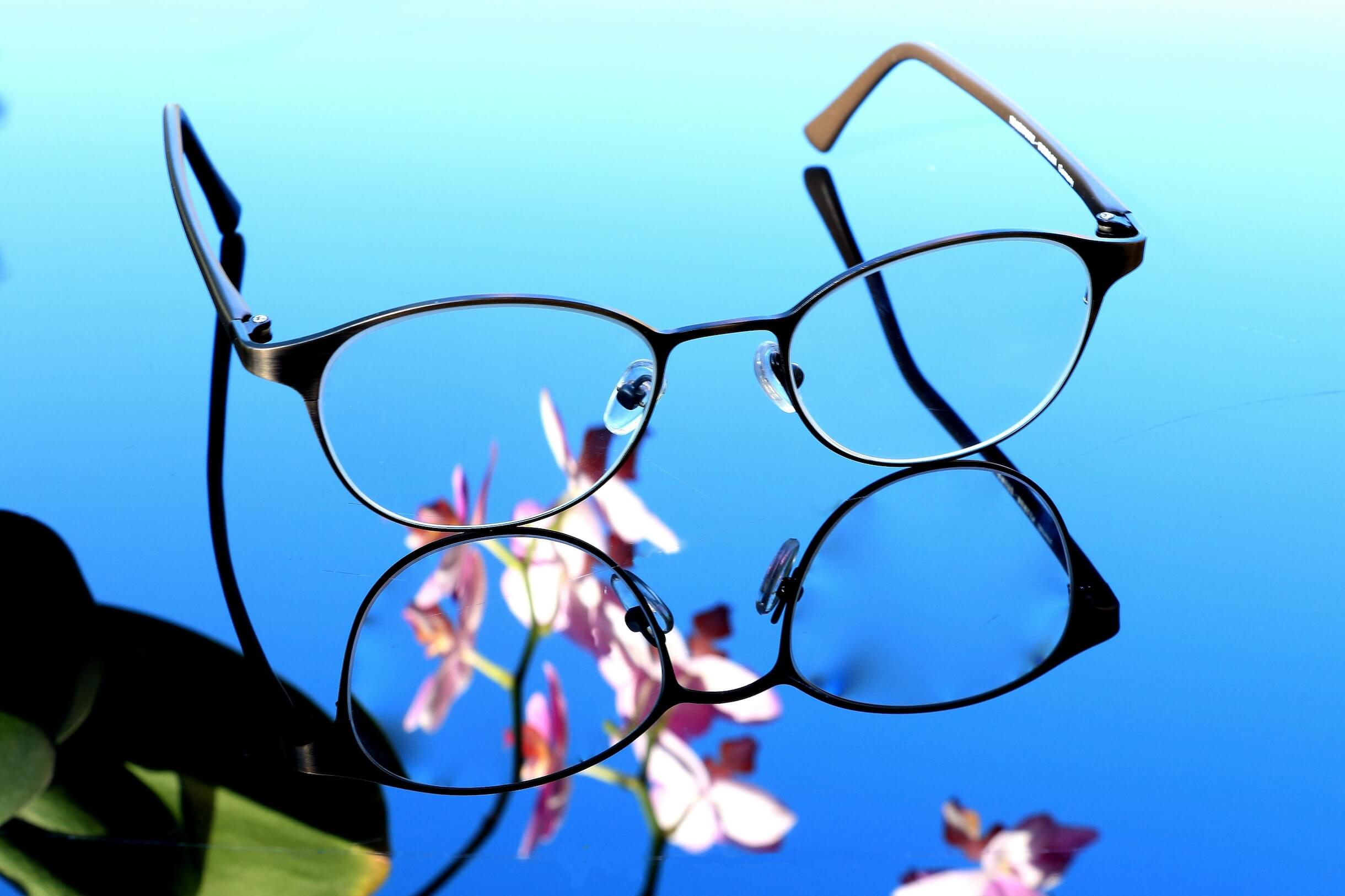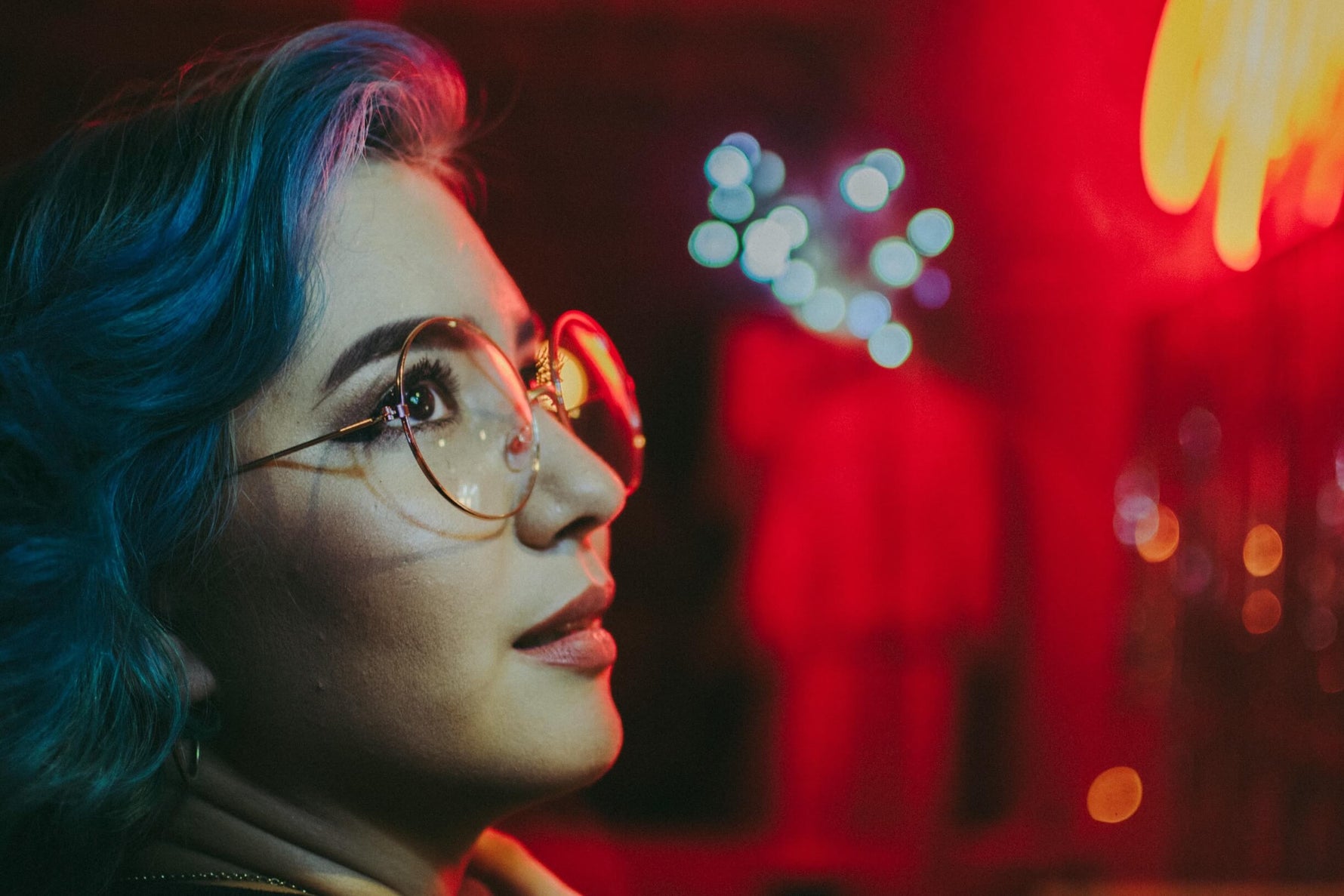Did you know?
TRY IN STORE
With ILOP, you can choose a pair of glasses online and book an in-store try-on.
Look for products with the "TRY IN STORE" button.
Simple, right?


Vision and the Seasons: How Visual Perception Changes Throughout the Year
Our vision is a dynamic sense, constantly interacting with the environment around us.
What we often don't consider is how seasonal changes — light, climate, humidity, and our daily habits — can affect the quality of our vision, eye health, and even our visual comfort. In this article, we explore how the seasons impact vision and what precautions to take to protect your eyes throughout the year.

Spring: allergies and light sensitivity
With the arrival of spring, the days get longer, and natural light becomes more prominent. However, this period is also marked by an increase in pollen in the air, which can cause ocular allergies, with symptoms like itching, watering, redness, and swelling of the eyelids. The more intense sunlight can also lead to increased light sensitivity.
Tips:
- Use sunglasses with UV filters to protect your eyes from intense light.
- In case of allergies, consult an ophthalmologist and consider using artificial tears or ocular antihistamines.
- Clean your lenses and frames frequently to avoid pollen buildup.
Summer: Intense Light and UV Rays
Summer is the season of full sun, beach days, and outdoor activities. It is also the time of year when UV rays reach their highest levels. Excessive exposure to sunlight can lead to eye strain, photophobia (light intolerance), and, in the long term, increase the risk of cataracts or macular degeneration. Reflective surfaces, such as water or sand, intensify exposure.
Summer: Intense Light and UV Rays
Summer is the season of full sun, beach days, and outdoor activities. It is also the time of year when UV rays reach their highest levels. Excessive exposure to sunlight can lead to eye strain, photophobia (light intolerance), and, in the long term, increase the risk of cataracts or macular degeneration. Reflective surfaces, such as water or sand, intensify exposure.
Tips
- Choose sunglasses with polarized lenses and UV400 certification.
- Wear wide-brimmed hats.
- Use moisturizing eye drops to combat dry eyes, common for those exposed to wind, sand, or saltwater.
Discover our selection of discounted sunglasses
In our online shop, you'll find a wide range of top-quality sunglasses at heavily discounted prices.

Autumn: reduced light and visual strain
With the arrival of autumn, the hours of natural light decrease significantly. This leads to greater exposure to artificial light — often with cold or blue tones — resulting in visual stress, especially for those who work or study many hours at the computer. The change in light can cause fatigue, difficulty focusing, and a decrease in visual sharpness.
Advice:
- Use lenses with a blue light filter if you spend many hours in front of a screen.
- Take frequent breaks by following the 20-20-20 rule (every 20 minutes, look at something 20 feet away for 20 seconds).
- Make the most of natural light during the day.
Winter: dry air and impaired night vision
Winter brings two main challenges for the eyes: on one hand, the dry air caused by heating, which can lead to dry eyes and irritation; on the other hand, the increase in hours of darkness, which tests night vision. Driving in low-light conditions can become more difficult, especially for those with myopia or accommodation issues.
Advice:
- Hydrate your eyes with preservative-free artificial tears.
- Use a humidifier at home or in the office to counteract dry air.
- For those who drive a lot, consider using lenses with an anti-reflective coating optimized for nighttime.
In conclusion:
Each season has its own risks and characteristics in terms of eye health. For this reason, it's important to schedule regular eye check-ups, update lenses according to current needs, and choose specific treatments to protect the eyes in a targeted way.
2025 ILOP S.r.l. - eCommerce: via De’ Musei 4, 40124 Bologna - Tel. (+39) 051 0826807 - P.I. 03799111202



